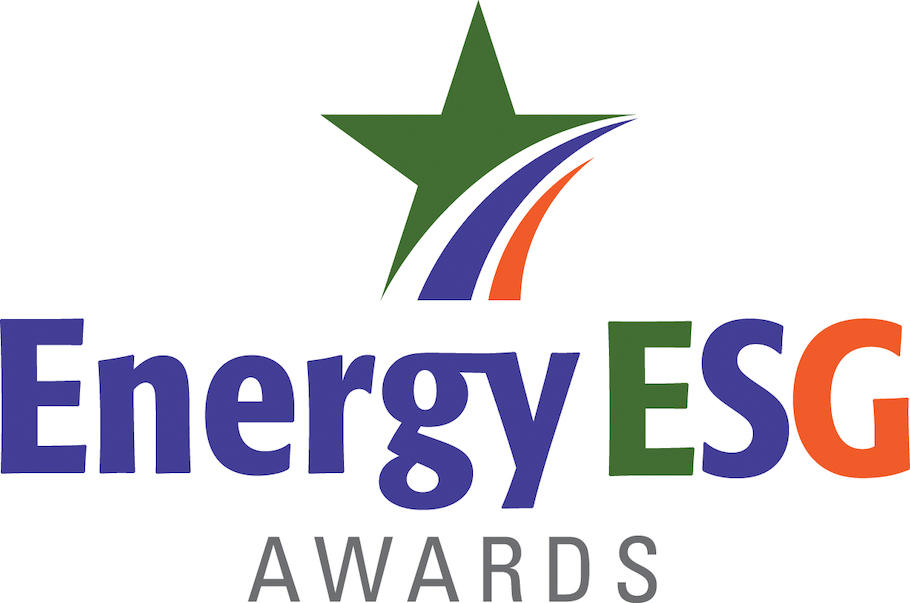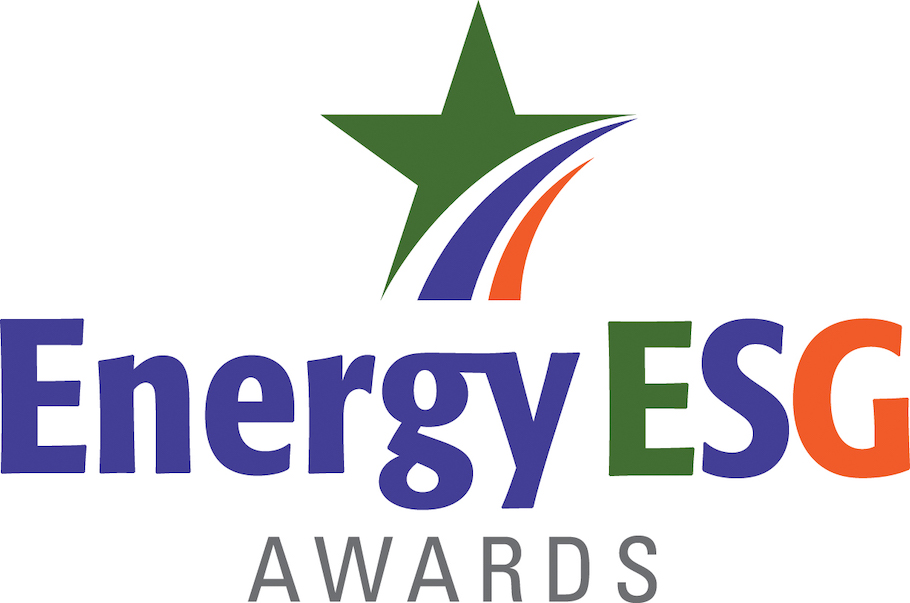Allyson Anderson Book
Baker Hughes' Allyson Anderson Book has been named ESG Champion in this year's Energy ESG Top Performers Awards program.

“Diversity is key," Allyson Anderson Book told Hart Energy during her recognition as a 2021 Women In Energy honoree earlier this year. "We need to embrace cultural diversity and embrace innovative neuro-diverse thinkers. If we want to advance solutions for hard societal challenges, we need to encourage diversity in how we think, foster dialogue with other sectors, share ideas and engage perspectives that might run contrary to our own positions. The ability to compromise and collaborate is essential for our sector in navigating the energy transition.”
While ESG leadership is a shared responsibility at Baker Hughes, one leader who has stood out and is being recognized as the ESG Champion is Allyson Anderson Book. She is vice president of energy transition with Baker Hughes and chair of Baker Hughes’ ESG steering team.
“Under her leadership since her appointment in fall 2019, Baker Hughes has enhanced its sustainability performance and the rigor and transparency of its reporting,” said Nate Pepper, Director of corporate and community affairs with Baker Hughes. “Allyson and our entire sustainability organization remains committed to continually improving our processes and programs.”
Anderson Book helped lead an updated view of ESG materiality. The world has changed in many ways, driven by the COVID-19 pandemic, heightened urgency about climate change, and the importance of diversity, equity and inclusion. Baker Hughes conducted a formal update of its ESG materiality assessment to address these changes and ensure that its reporting is aligned with the most pressing sustainability issues.
She also helped integrate sustainability and risk management by identifying and managing enterprise financial, operational and climate change risks, which are an important part of the company’s strategic planning process. Baker Hughes continues to work toward integration between its strategy development, enterprise risk management and sustainability programs. This has allowed the company to provide a more strategic view of its risks and opportunities, and it will lead to improved reporting and management of critical risks and opportunities.
In addition, Anderson Book broadened the company’s sustainability reporting frameworks. The company strives to continually improve its sustainability reporting, ever since its first Carbon Disclosure Project submission in 2010. In 2020 Baker included for the first time the SASB and TCFD frameworks. The company also added transparency in how it calculates and reports its emissions in accordance with the Greenhouse Gas Protocol. Baker Hughes stakeholders have expressed great interest in seeing its reporting expanded to a broader range of leading sustainability frameworks, and it plans to continue to advance in this area.
She also led a new emissions-reduction baseline. Two years ago Baker Hughes made a commitment to achieve net-zero Scope 1 and 2 emissions from its operations by 2050, and it continues to make progress on emissions reductions. The company is resetting its carbon emissions reduction base year from 2012 to 2019 to account for corporate changes, new acquisitions and divestitures in accordance with the Greenhouse Gas Protocol. By resetting its base year but maintaining the interim goal of a 50% reduction by 2030, Baker Hughes is challenging itself to accelerate its emissions reduction progress.
She was also involved in the creation of the company’s net-zero roadmap. In 2021, Baker Hughes outlined its strategy to achieve net-zero Scope 1 and 2 emissions by 2050. The net-zero roadmap illustrates key emissions reduction pathways and levers for achieving its climate goals.
Furthermore, she led the expansion of the company’s Scope 3 emissions reporting. The assessment of Baker Hughes’ value-chain emissions is an integral part of the company’s sustainability strategy. The calculation of Scope 3 emissions is one of the most complex and technically challenging topics in sustainability. While Baker Hughes has reported a portion of its Scope 3 emissions for several years, the company continues to expand its reporting to include new categories of both upstream and downstream emissions that are the core to its business. Baker Hughes has added detailed reporting of the capital goods, upstream transport and distribution, waste from operations, and a portion of sold products categories. The company has outlined its plans for continued reporting expansion with an ultimate objective of setting a Scope 3 emissions reduction target in the future.


